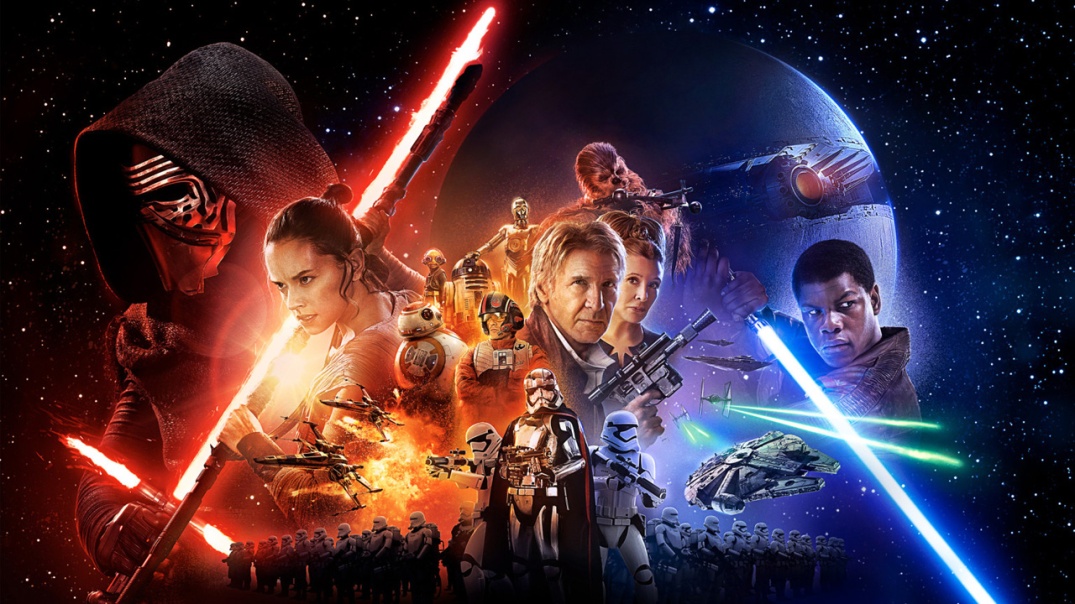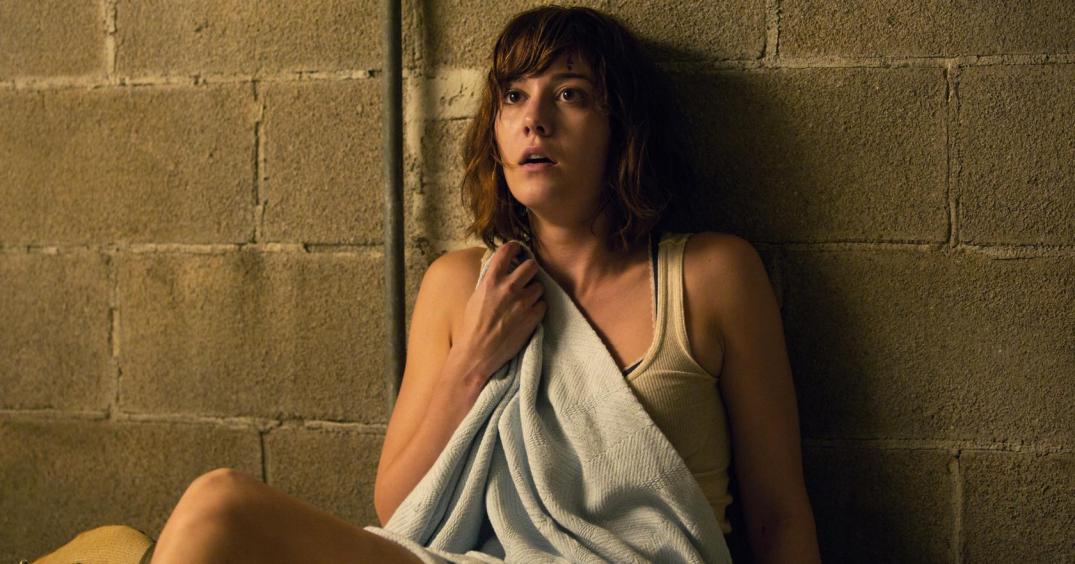
By Robert Berroa
10 Cloverflield Lane, directed by Dan Trachtenberg is the successor to Matt Reeves’s 2008 film, Cloverfield, is thrilling, suspenseful, and entertaining movie. The film’s genre transitioned multiple times from suspense, to horror, and eventually settled into a sci-fi, or a mystery & suspense drama. The film follows in a third-person narrative a young woman who is held in an underground bunker with two men, one of whom insists that a catastrophic event resulted in the surface of the Earth to become uninhabitable.
The film begins by depicting the protagonist, Michelle (Mary Elizabeth Winstead), in a bedroom, packing her luggage hysterically. While Michelle is packing her luggage, the audience learns that she was in the process of leaving her boyfriend, due to an argument they previously had –That is according to Michelle’s boyfriend. The following scene shows Michelle on the road, but then dramatically transitions to show a driver crash onto her car. The man who purposefully crashed onto her car was the antagonist, Howard Stambler (John Goodman); the crash resulted in the slight fracture of Michelle’s leg.
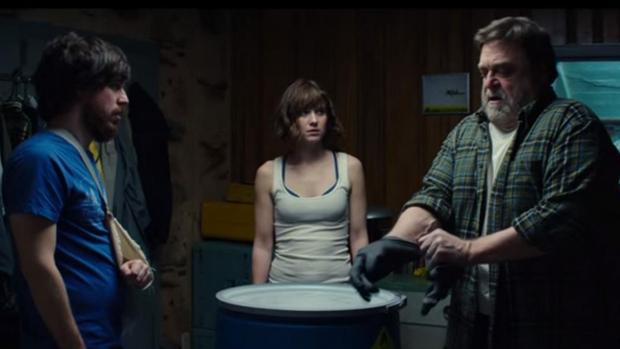
The next scene depicts Michelle regaining consciousness –She is confused and restrained by handcuffs to the wall of a sparse. The director’s choice of having directional light, and a high contrast, informs the audience that Michelle is in trouble. The high contrast invokes an anxious feeling because it prompts the audience to want to know who, or what kidnapped her. The camera then switches from a close up, to a full shot of Michelle’s body, so we can see her struggling to acquire her phone. The injury Michelle received in the car crash was covered to prevent infection, and further damage; suggesting that she had received some aid for her injury. Once she retrieved, and checked her phone, the camera began to pan until slowly focusing on the door; dramatic music plays to indicate that Howard Stambler is approaching the storage room that Michelle is retrained in, and to indicate that he is dangerous.
Once Howard entered the storage room, the tension was broken. During their exchange, Michelle asked ‘What are you going to do to me,’ Howard responded by saying ‘I am going to save you.’ Howard abruptly leaves, and the track transitioned into an upbeat tempo, which insinuated that Michelle was getting mentally, and physically prepared to confront her kidnapper. The camera also began to alternate into shots rapidly to indicate movement –the rapid movements made the situation exciting.
When Howard entered the room, the camera made fast movements to show their confrontation. Once he restrained her again, he explained to her why she was there. Michelle’s questions were your typical victim, and kidnapper dialogue, but Howard’s dialogue made it palpable that he believed that he saved her; rather than kidnapped. According to Howard, she cannot leave the bomb shelter because ‘everyone outside is dead’ due to toxic gas dropped by the ‘Russians,’ or an ‘alien invasion.’ Since she had no prior knowledge of her alleged attacker, she struggles to trust Howard, given that the rescuer could be mistaken, completely insane, or worst of all –intentionally holding her hostage under a false pretense.

As the film progressed, the audience discovered that there was another man in the bomb shelter, Emmett (John Gallagher, Jr.), who worked alongside Howard to build the bomb shelter, came to the bomb shelter to escape the catastrophe.
While Emmett, Howard, and Michelle were having dinner, in the dining room of the bomb shelter, Emmett began to converse with Howard, and Michelle in a lightheartedly manner. As he jokes about how they should play Monopoly because they’re going to be in the bomb shelter for a long time, Howard becomes aggravated, and tells him that his jokes are annoying, and disturbing his and Michelle’s peaceful dinner. Howard’s outburst informs the audience about his bipolar mood, thus making him untrustworthy. To depict Howard’s anger, the camera was positioned at a close up angle. Moreover, a suspenseful sequence of dramatic sounds was started to inform the audience that trouble was about to start.
Michelle was plotting to take Howard’s keys, so that she could attempt to escape her current situation. Once the tension between Howard and Emmitt ceased, Michelle began to continue the conversation with Emmett, which she knew Howard disapproved on. Michelle was plotting on taking Howard’s keys. To do so, she slowly caressed Emmett’s hand, and act that infuriated Howard. As Howard relentlessly stood, the tension increased. The increase in tension was accomplished by a close up on both Howard and Michelle’s faces. The angle of the camera made it seem as of Howard was reprimanding his daughter. A close up of her hands reaching for his keys revealed her plan. At the same time, a spontaneous dissonant upbeat beat began to play to let the audience know that they should be wary of what is about to occur. Once she had the keys, she deescalated the situation by complying with his regulations. While she complied, the camera was angled above her head, so his superior physical power could be juxtaposed over her smaller body.
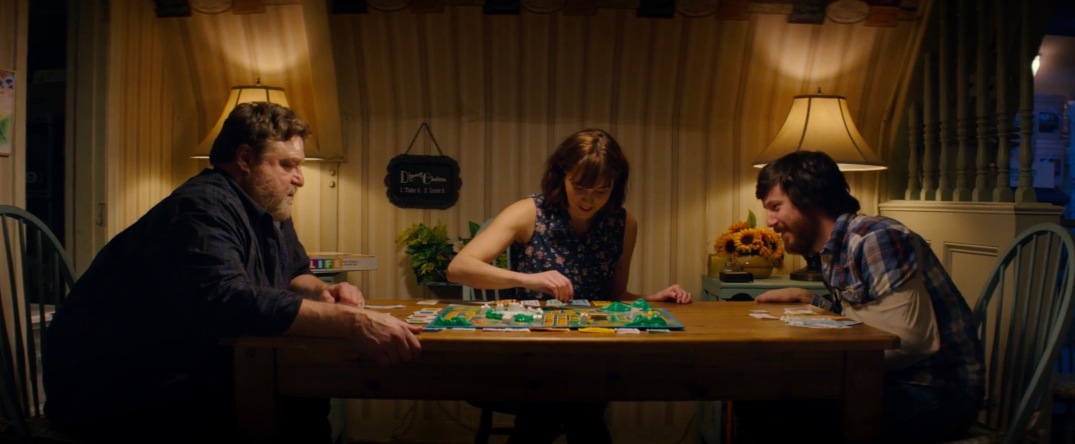 When they sat back down to eat at the table in the dining room, the dim lighting, yet dark contrast of the scene kept the suspenseful and mysterious mood present. The beat was ephemerally gone; the lighting was strong –Michelle stood out because more bright light was pointing in her direction. Rapidly, Michelle grabbed the wine bottle on the table and smashed it on Howard’s head; when he realized that his keys were missing. To intensify the pain that we believe she inflicted onto Howard, the scene that she smashes the bottle on his head doesn’t have any beat or music, but audio of a swift movement to accentuate damage of the strike. Then, the moment the bottle touched his head, a loud audio of glass shattering was played. A second and a half later, the music abruptly came back with an upbeat tempo. The camera focused on Michelle’s running to the inside of the front door, but it also switched back to where Howard, and Emmett were, so that the audience could root for her to escape. The sense of desperation that Michelle felt was created by focusing the camera on her opening the locks of the first door, and by the constant back and forth between Michelle and Howard, so that we could believe that she was running out of time to escape. When confronted by a woman with scars indicating chemical poisoning, Michelle didn’t know what to do. She saw the woman through a glass peep hole while standing inside the hallway connecting the front door, with the second protective door. The light was slightly blue, and the lights were also dim, plus the upbeat beat created a sense of mysterious, and suspenseful curiosity. A mysterious, and suspenseful curiosity created by the eerie beat, and low pitch audio that made the scene appear even more shocking and baffling.
When they sat back down to eat at the table in the dining room, the dim lighting, yet dark contrast of the scene kept the suspenseful and mysterious mood present. The beat was ephemerally gone; the lighting was strong –Michelle stood out because more bright light was pointing in her direction. Rapidly, Michelle grabbed the wine bottle on the table and smashed it on Howard’s head; when he realized that his keys were missing. To intensify the pain that we believe she inflicted onto Howard, the scene that she smashes the bottle on his head doesn’t have any beat or music, but audio of a swift movement to accentuate damage of the strike. Then, the moment the bottle touched his head, a loud audio of glass shattering was played. A second and a half later, the music abruptly came back with an upbeat tempo. The camera focused on Michelle’s running to the inside of the front door, but it also switched back to where Howard, and Emmett were, so that the audience could root for her to escape. The sense of desperation that Michelle felt was created by focusing the camera on her opening the locks of the first door, and by the constant back and forth between Michelle and Howard, so that we could believe that she was running out of time to escape. When confronted by a woman with scars indicating chemical poisoning, Michelle didn’t know what to do. She saw the woman through a glass peep hole while standing inside the hallway connecting the front door, with the second protective door. The light was slightly blue, and the lights were also dim, plus the upbeat beat created a sense of mysterious, and suspenseful curiosity. A mysterious, and suspenseful curiosity created by the eerie beat, and low pitch audio that made the scene appear even more shocking and baffling.
The following scene depicted both Emmett and Michelle having a deep conversation on what their life has become. Emmett reminisces about moments in his life that he took for granted, and Michelle shares how she didn’t truly appreciate the things in her life, until they were taken away. The scene was shot with dim light, and the color of Emmett’s room was blue, while the room that Michelle was in was a soft pink. A soft pink and blue that are meant to be juxtapositions of their characters. The tranquility of the scene was set in order to show how they are both similar characters when it comes to their acceptance of the fact that the world they knew is over.
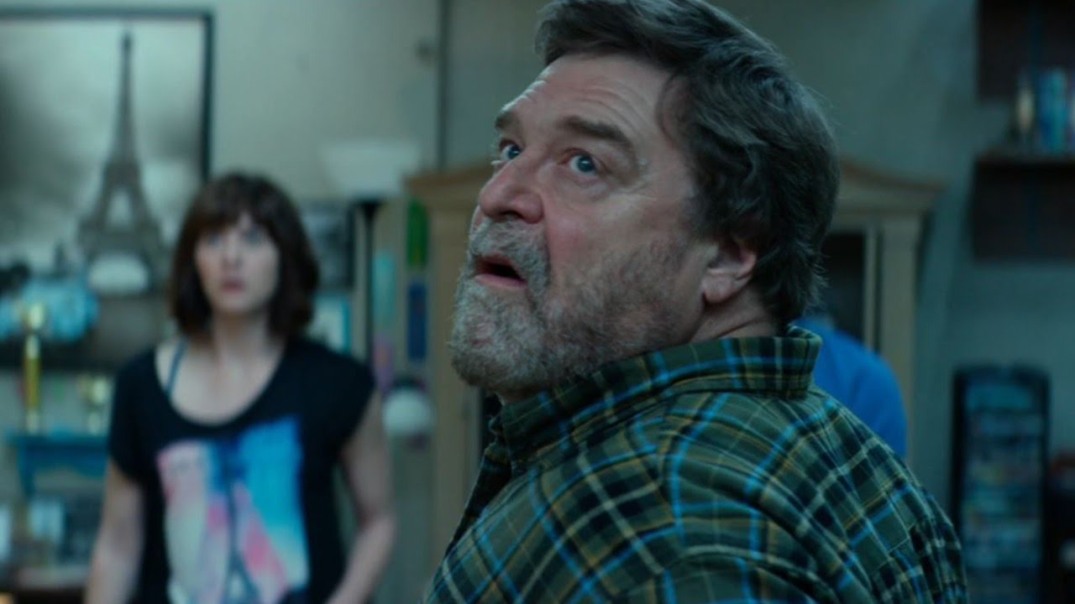 A black screen comes up to signalize halfway point of the film. It also allowed for there to be a montage depicting the everyday activities that they will have as time progresses. The clips in the time progression sequence showed them cooking food, making snacks, playing board games, and so on. Essentially, they became a family. The lighting during these sequence of shots is brighter than the others, and there is the song ‘I think we’re alone now’ by Tommy James & The Shondells begins to play. The song is warm, and welcoming, thus describing how their relationship has evolved to a more family like bond. Additionally, the brighter light is an indication that trouble is not near.
A black screen comes up to signalize halfway point of the film. It also allowed for there to be a montage depicting the everyday activities that they will have as time progresses. The clips in the time progression sequence showed them cooking food, making snacks, playing board games, and so on. Essentially, they became a family. The lighting during these sequence of shots is brighter than the others, and there is the song ‘I think we’re alone now’ by Tommy James & The Shondells begins to play. The song is warm, and welcoming, thus describing how their relationship has evolved to a more family like bond. Additionally, the brighter light is an indication that trouble is not near.
After there is problem with the filtration system, Michelle is sent to go through the filtration system because she is the smallest, so she is more easily capable of reaching the other side, so that she would be able to fix it. While in the filtration system, the lighting is dark; the only light present is the light of the flashlight. Low light adds to the claustrophobic effect that the director was aiming towards. Additionally, the eerie soundtrack added to the claustrophobia, and made the audience interested at what was going to occur next. The brief summary of the scene is that Michelle finds a broken earring piece, which belonged to Howard’s ‘daughter,’ Megan, but it turned out that the girl in the photo that Howard said was his daughter was actually a girl who was kidnapped. While Michelle showed Emmett the photo of Megan, and the broken earring piece the camera was at a close up of both their faces. The high contrast of the light on their face, and the serious, yet mysterious soundtrack added to the seriousness of their conversation. From then on, Michelle, and Emmett lost all the trust they had for Howard. Instead, they decided to plot their escape. They would build their own hazmat suits, so that they could leave the bomb shelter that they are forced to be in.
As Michelle and Emmitt gather the materials they need for the Hazmat suits, there is a determinant, and steady beat that lets the audience know that they are planning their escape. There is a montage that depicts Michelle taping, sewing, taking leftover fabric, and basically getting serious about their willpower to persevere.
The following scene depicts Howard talking to Michelle, and Emmett about a corrosive barrel. The purpose of the corrosive material was unknown, but became know once Emmett confesses that he was planning on killing Howard by building a ‘weapon’. A weapon that never existed. The room’s lighting was bright, but it was brighter on Michelle compared to both Howard, and Emmett, so that Michelle stand out. Suddenly, there is a silence, a silence that is seconds later interrupted by a loud gunshot. Michelle couldn’t believe what had occurred, her flabbergasted expression valuable. The close up of her face, directly showed the audience what her character was feeling.
Michelle becomes less trustworthy of Howard. She now knows that she must get the hell out of bomb shelter. After murdering Emmett, Howard shaves, puts on nice clothes and offers ice cream to Michelle. The scene pertained a calm beat, and bright lighting, but that was just to show how eerie and unpredictable Howard can be. In the following scenes, Michelle goes frantic, she takes her hazmat suit, ties it around her hip, and fights her way to freedom. Michelle threw the corrosive acid on Howard, resulting in a fire, a fire will cause an explosion. Throughout their fighting scene there is an exhilarating beat that prepares us for more action. The lighting is kept the same way that is has been since the beginning; there is a contrast, with dim light.
Once Michelle escapes, she is surprised to discover that there are birds flying freely throughout the landscape. The birds assure Michelle that the air isn’t contaminated. By now, the mood is no longer the same. She is no longer confined by the underground bunker, now she is outside, and the world seem to be at peace. The lighting is bright, the grass is green, and the sky is blue. But, that is only ephemeral, the reality is that Howard was right, there was an alien invasion. Soon enough, the mood, and lighting drastically change. The light gets dim once more, and there is eerie music, with an upbeat tempo playing to indicate that she will begin to need to fight again. She did, she ended up fighting with a giant alien ship, and with an alien dog. Since it is an American film, of course she defeated the monster. Well, it gets you thinking who the monster is, Howard or the alien ship? The film ends in darkness, and with a dark and suspenseful soundtrack. Michelle disappears in the darkness to go and help the rest of the survivors. The camera zooms out to show her departure onto the city.


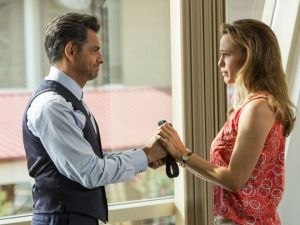
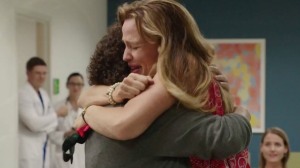 The plot thickens when in the midst of dealing with the financial medical issues Christy desperate to help her daughter decides to fly to Boston with Anna and personally present her case to this specialist. In Boston when receptionist finds out that Anna does not have an appointment the film takes an emotional intensity and by manipulating the camera and shooting close-up the audience is able to identify with Christy in her absolute desperation to help her daughter get better. This following scene is emotional and raw; Christy desperately and using an urgent tone, explains to the receptionist every single medication Anna is on at every hour of the day and how the dramatic shift has changed the life of a little girl that loved to run, play sports and climb trees. The receptionist touched by Christy’s desperation tells her she will call if there is any opening. In comes into play Angela’s character a funny uplifting waiter that discovers that Anna and Christy are from out of town feels and perceives the stress this family endures and are in need of an uplifting friend.
The plot thickens when in the midst of dealing with the financial medical issues Christy desperate to help her daughter decides to fly to Boston with Anna and personally present her case to this specialist. In Boston when receptionist finds out that Anna does not have an appointment the film takes an emotional intensity and by manipulating the camera and shooting close-up the audience is able to identify with Christy in her absolute desperation to help her daughter get better. This following scene is emotional and raw; Christy desperately and using an urgent tone, explains to the receptionist every single medication Anna is on at every hour of the day and how the dramatic shift has changed the life of a little girl that loved to run, play sports and climb trees. The receptionist touched by Christy’s desperation tells her she will call if there is any opening. In comes into play Angela’s character a funny uplifting waiter that discovers that Anna and Christy are from out of town feels and perceives the stress this family endures and are in need of an uplifting friend. The high point in this plot is when Anna decides to climb an old hollow tree following a white butterfly. Anna ends up falling down the trunk of the hollow tree. She spends over three hours unconscious while firefighters and EMS try to get her out of the tree trunk. Throughout this whole period the white butterfly stays next to Anna. Once again we see how Riggen has incorporated symbolism in this story. This white butterfly represents transformation, resurrection, time and vulnerability, the metamorphosis of a butterfly implies keeping faith, lastly the color of the butterfly represents purity and innocence. This all translates to Anna’s condition and her current state in the plot.
The high point in this plot is when Anna decides to climb an old hollow tree following a white butterfly. Anna ends up falling down the trunk of the hollow tree. She spends over three hours unconscious while firefighters and EMS try to get her out of the tree trunk. Throughout this whole period the white butterfly stays next to Anna. Once again we see how Riggen has incorporated symbolism in this story. This white butterfly represents transformation, resurrection, time and vulnerability, the metamorphosis of a butterfly implies keeping faith, lastly the color of the butterfly represents purity and innocence. This all translates to Anna’s condition and her current state in the plot. Characters- The developing characters or round characters are Anna and Christy (who are deeply affected by the action of the plot). Garner- who’s emphatic, emotional, desperation and maternal performance struggles to find a cure for her daughter while trying to maintain her faith. Yet undergo internal psychological conflict with Anna’s condition, feeling helpless as a mother while her daughter’s days are counted. She also suffers external conflict with her personal struggle with faith; within her desperation in trying to find answers she loses her faith because she cannot explain why a little girl full of life has to endure excruciating pain and a life threatening condition. Her character alienates from her church as ironically some church ladies suggest Anna’s condition is a result of her parent’s sin an irony depicted in the story. Anna on the other hand struggles to maintain her cheerful personality and a positive outlook of life with her condition and unlike Christy’s character Anna never loses her faith, ironically, in spite of depression, she peacefully comes into terms with death. Her character shows a remarkable resiliency despite her condition. Yet we see her go through an internal psychological conflict with her image. Her disorder causes a protruding stomach that consequently makes her look she is pregnant at 11 years of age; which gives her trouble getting dressed. She can’t wear jeans and she has a hard time finding shirts that fit her without her bulging stomach showing. Her character becomes self-conscious of her image.
Characters- The developing characters or round characters are Anna and Christy (who are deeply affected by the action of the plot). Garner- who’s emphatic, emotional, desperation and maternal performance struggles to find a cure for her daughter while trying to maintain her faith. Yet undergo internal psychological conflict with Anna’s condition, feeling helpless as a mother while her daughter’s days are counted. She also suffers external conflict with her personal struggle with faith; within her desperation in trying to find answers she loses her faith because she cannot explain why a little girl full of life has to endure excruciating pain and a life threatening condition. Her character alienates from her church as ironically some church ladies suggest Anna’s condition is a result of her parent’s sin an irony depicted in the story. Anna on the other hand struggles to maintain her cheerful personality and a positive outlook of life with her condition and unlike Christy’s character Anna never loses her faith, ironically, in spite of depression, she peacefully comes into terms with death. Her character shows a remarkable resiliency despite her condition. Yet we see her go through an internal psychological conflict with her image. Her disorder causes a protruding stomach that consequently makes her look she is pregnant at 11 years of age; which gives her trouble getting dressed. She can’t wear jeans and she has a hard time finding shirts that fit her without her bulging stomach showing. Her character becomes self-conscious of her image.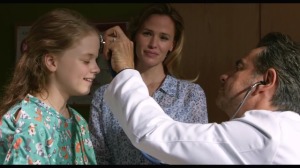 On the contrary to round characters Kevin, Abbie, Adelynn, Pastor Scott, Angela and Dr. Nurko are flat or static characters who remain the same throughout the film, do not undergo internal psychological conflict at least not as intense as Christy and Anna characters do. The audience saw Kevin’s struggle when he has to take care of his daughters while Christy is in Boston with Anna; while working longer hours in an effort to make more money and make amends. Abbie’s character struggles when her aspirations to play for her school’s soccer team are not possible because her dad forgets to take her to the tryouts a result of his long working hours. Adelynn’s character pretty much stays the same throughout the movie. Pastor Scott character helps Christy restore her faith in God and be there for the family in times of need. Angela’s character is introduced as the friend you need in times of need. Dr. Nurko’s character is the upbeat humorous doctor that lightens the plot and intrigues everyone with his Elmo tie.
On the contrary to round characters Kevin, Abbie, Adelynn, Pastor Scott, Angela and Dr. Nurko are flat or static characters who remain the same throughout the film, do not undergo internal psychological conflict at least not as intense as Christy and Anna characters do. The audience saw Kevin’s struggle when he has to take care of his daughters while Christy is in Boston with Anna; while working longer hours in an effort to make more money and make amends. Abbie’s character struggles when her aspirations to play for her school’s soccer team are not possible because her dad forgets to take her to the tryouts a result of his long working hours. Adelynn’s character pretty much stays the same throughout the movie. Pastor Scott character helps Christy restore her faith in God and be there for the family in times of need. Angela’s character is introduced as the friend you need in times of need. Dr. Nurko’s character is the upbeat humorous doctor that lightens the plot and intrigues everyone with his Elmo tie.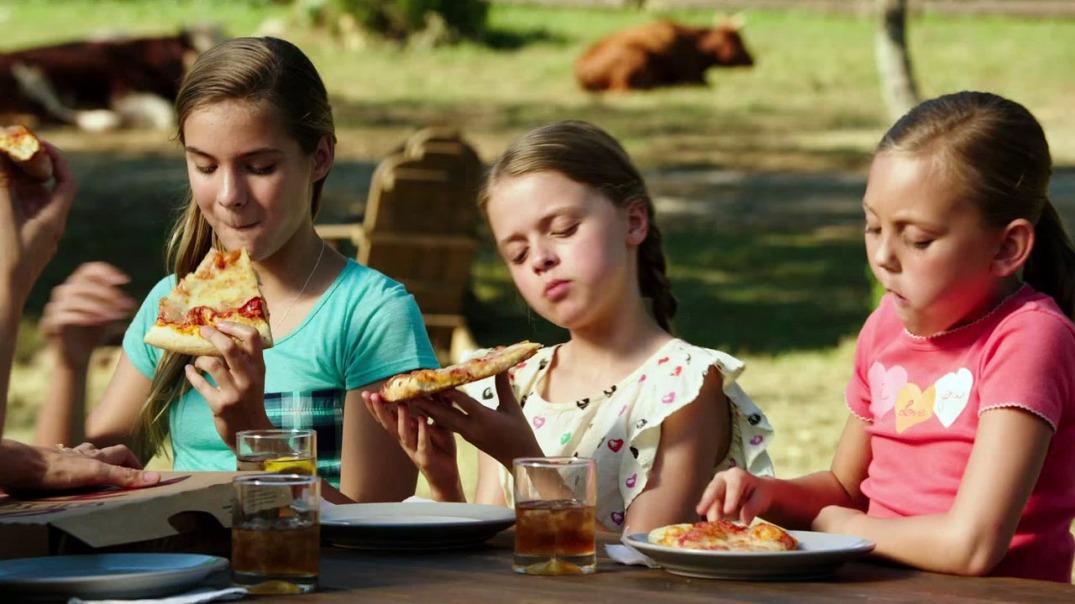
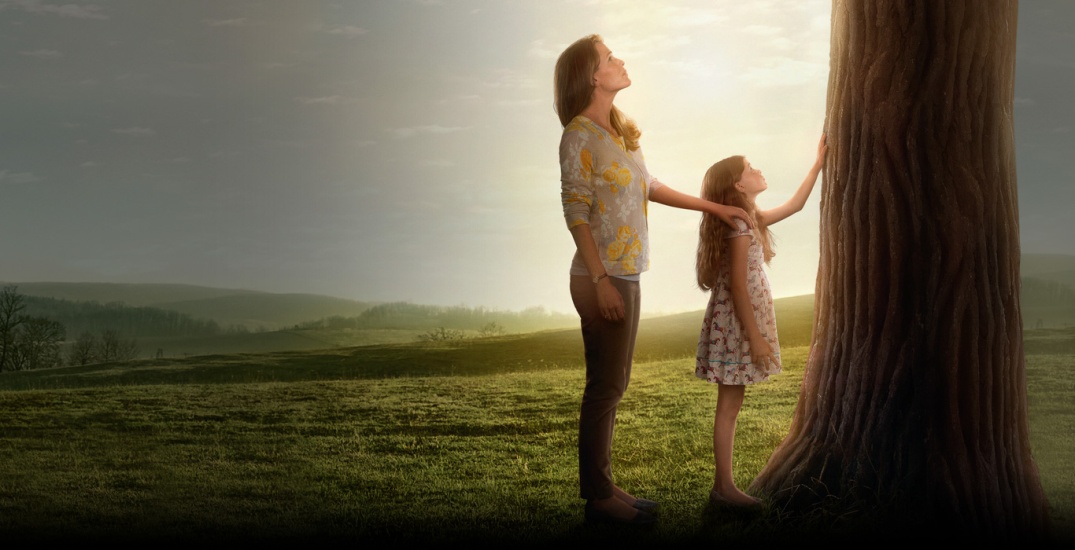
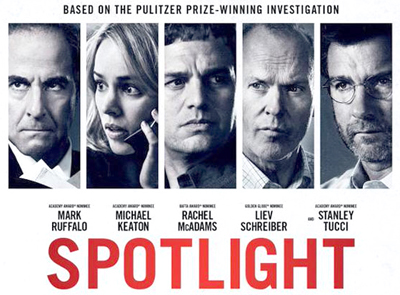

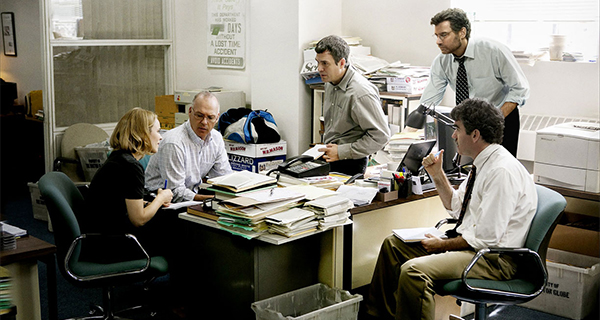


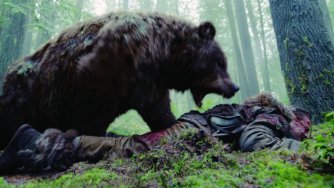 Tom Hardy does an amazing job emphasizing these points. The deteriorating mental state of John Fitzgerald can be seen clearly through Tom Hardy’s acting and he is able to add complexity to a seemingly simple character. Will Poulter plays
Tom Hardy does an amazing job emphasizing these points. The deteriorating mental state of John Fitzgerald can be seen clearly through Tom Hardy’s acting and he is able to add complexity to a seemingly simple character. Will Poulter plays

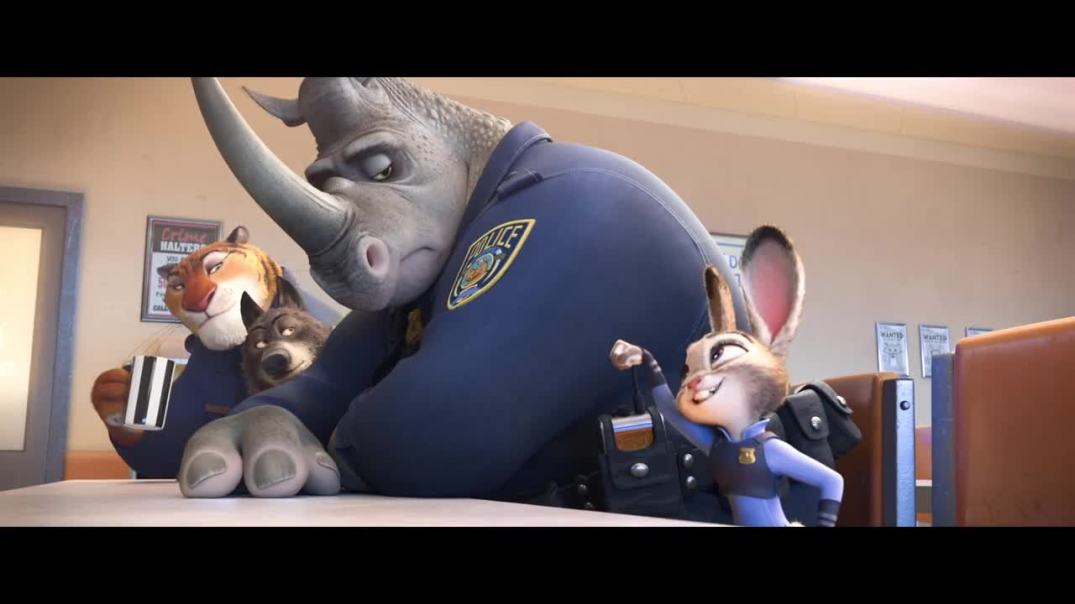
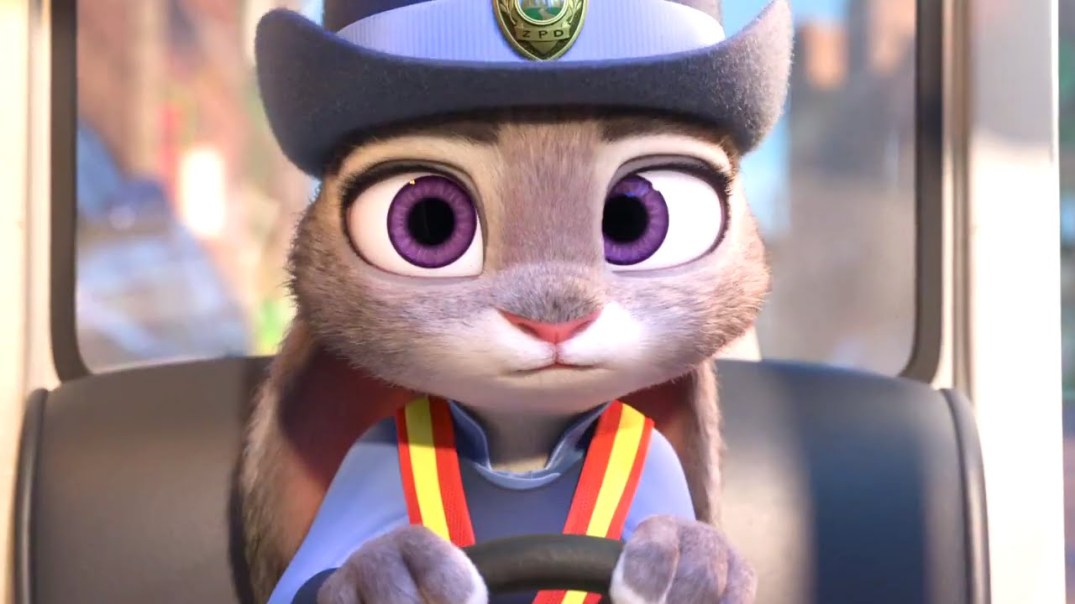 The characters have an array of personalities
The characters have an array of personalities 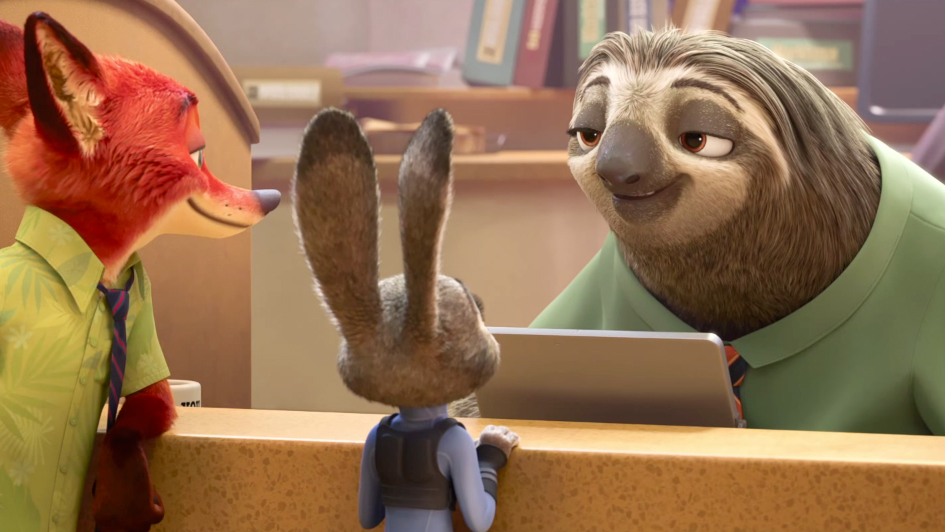 The fine details in this movie draw the audience in as it progresses. While
The fine details in this movie draw the audience in as it progresses. While From the very beginning of the movie,
From the very beginning of the movie,  courage, but that does not stop her from taking on bigger opportunities and completing tasks w
courage, but that does not stop her from taking on bigger opportunities and completing tasks w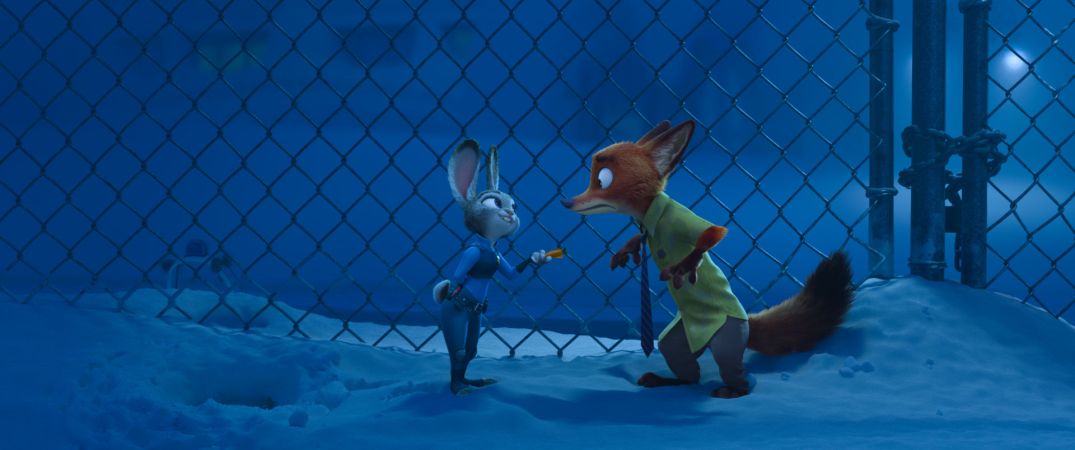
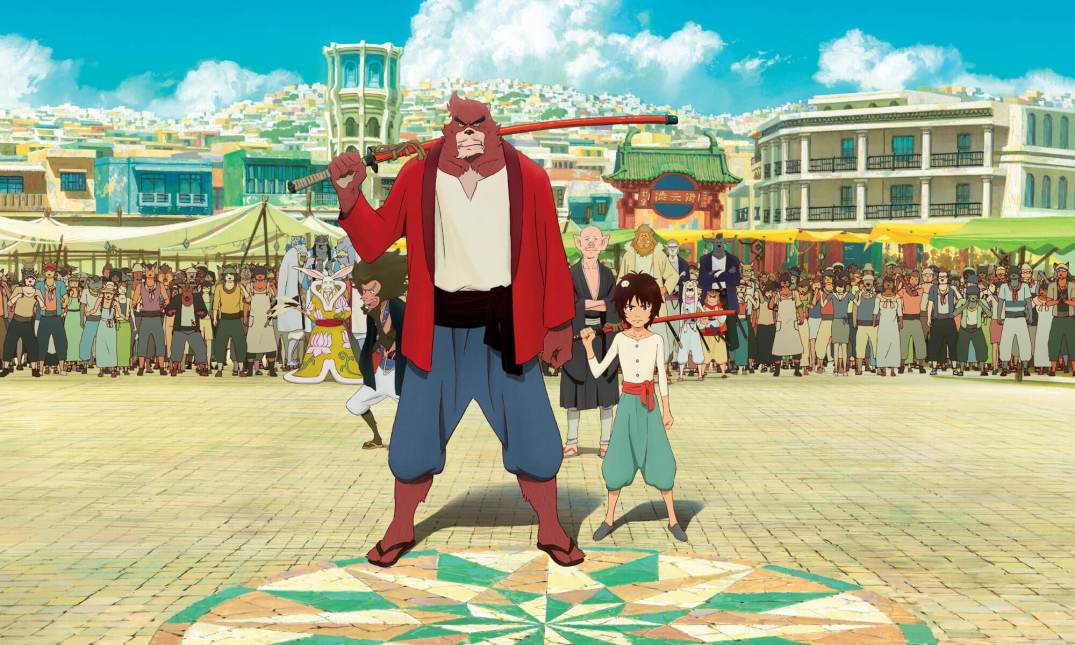
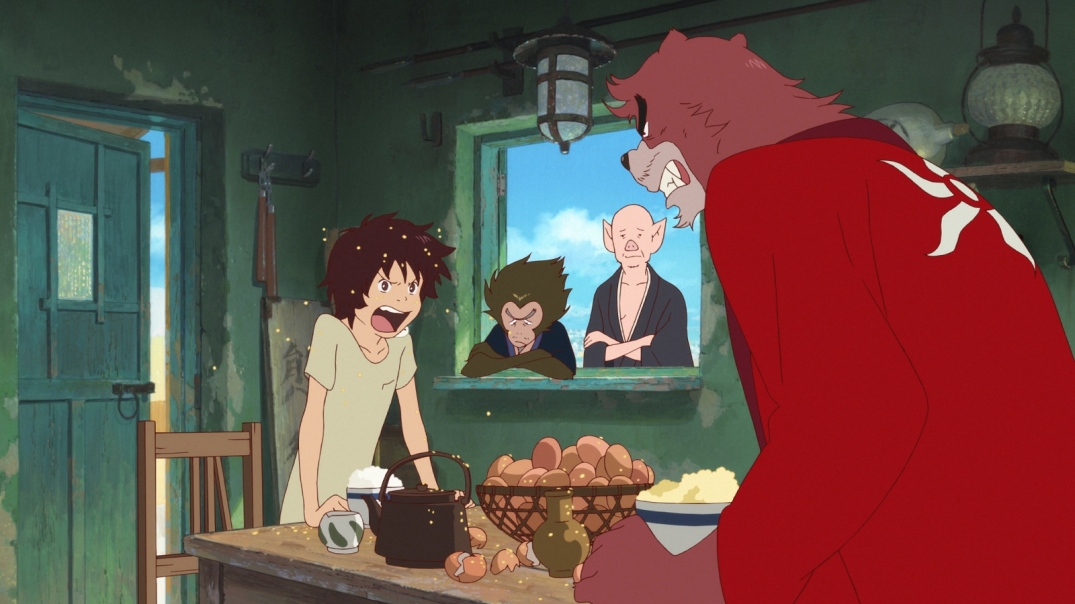
 Color plays a huge part in this film particularly the color black. In the beginning of the film when
Color plays a huge part in this film particularly the color black. In the beginning of the film when 
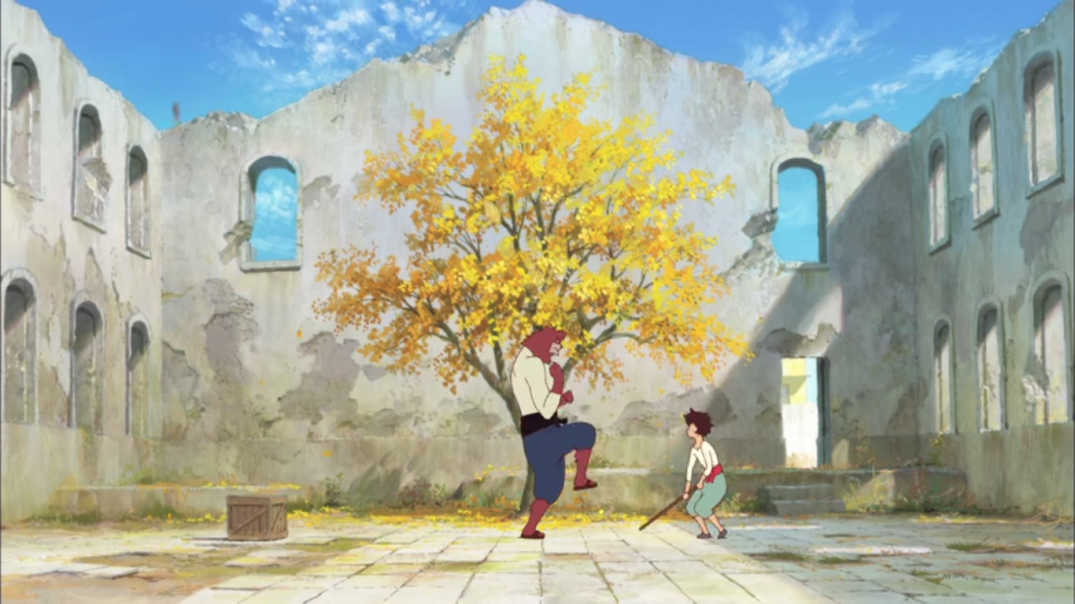
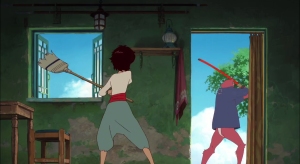 Another character explained throughout the film is one of the two friends that help raised and guide K
Another character explained throughout the film is one of the two friends that help raised and guide K The film took place in Japan even though the film was animated the director put into depth the work of animation to make it look like the real Japan.
The film took place in Japan even though the film was animated the director put into depth the work of animation to make it look like the real Japan.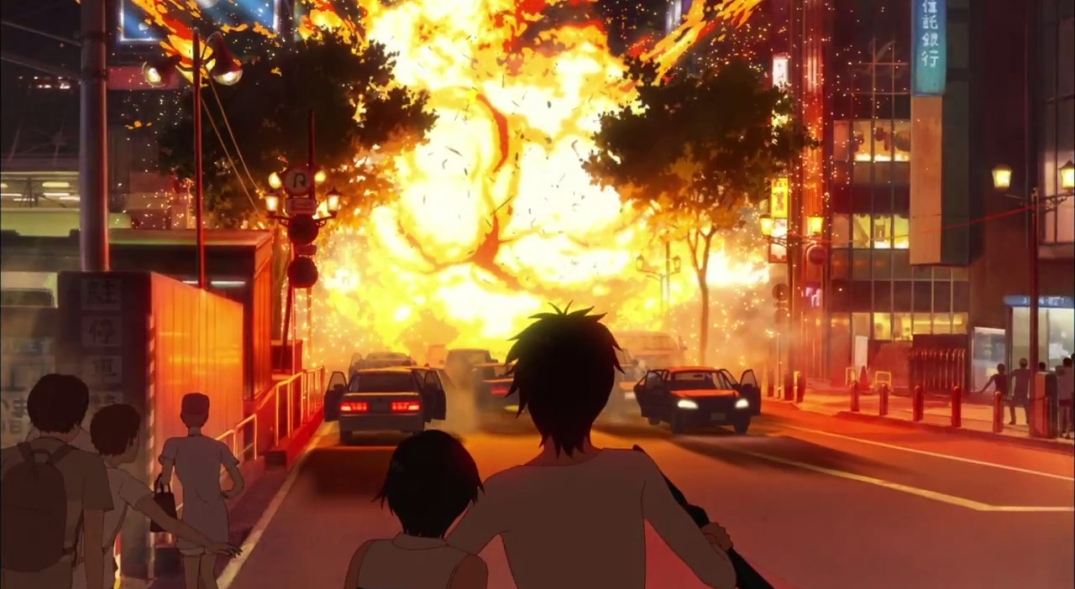
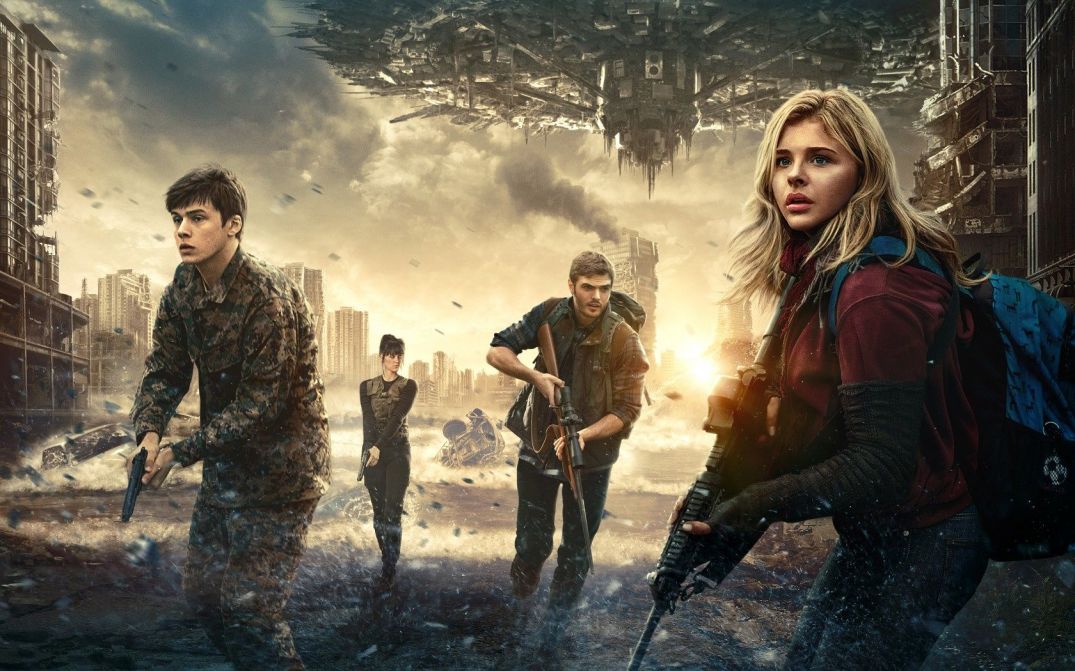

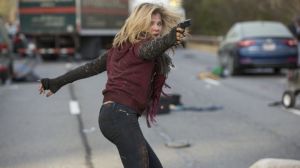 The acting in this movie was done very well.
The acting in this movie was done very well.  The structure of this movie was unimpressive. The beginning started off well. Cassie is shown going through an abandoned market and coming across a wounded man. They both are afraid trying to convince the other that they are not aliens while holding each other still at gunpoint. The man puts down his gun and is about to show proof of his injuries, but the glare from his crucifix alarms Cassie, causing her to shoot him dead. Then the story rewinds back to the time before The Others came to Earth, and we watching the events one by one that led the film to the opening scene. I found that to be
The structure of this movie was unimpressive. The beginning started off well. Cassie is shown going through an abandoned market and coming across a wounded man. They both are afraid trying to convince the other that they are not aliens while holding each other still at gunpoint. The man puts down his gun and is about to show proof of his injuries, but the glare from his crucifix alarms Cassie, causing her to shoot him dead. Then the story rewinds back to the time before The Others came to Earth, and we watching the events one by one that led the film to the opening scene. I found that to be 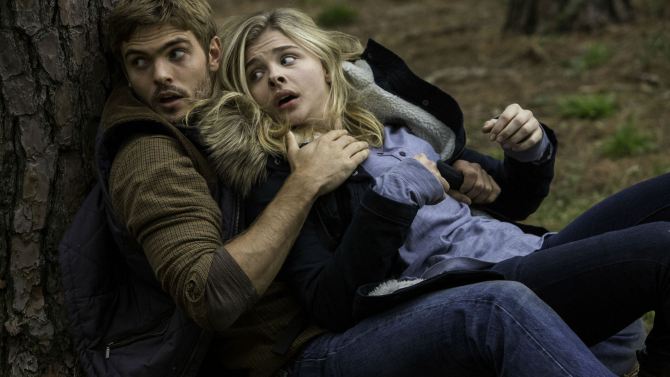

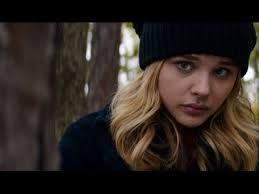
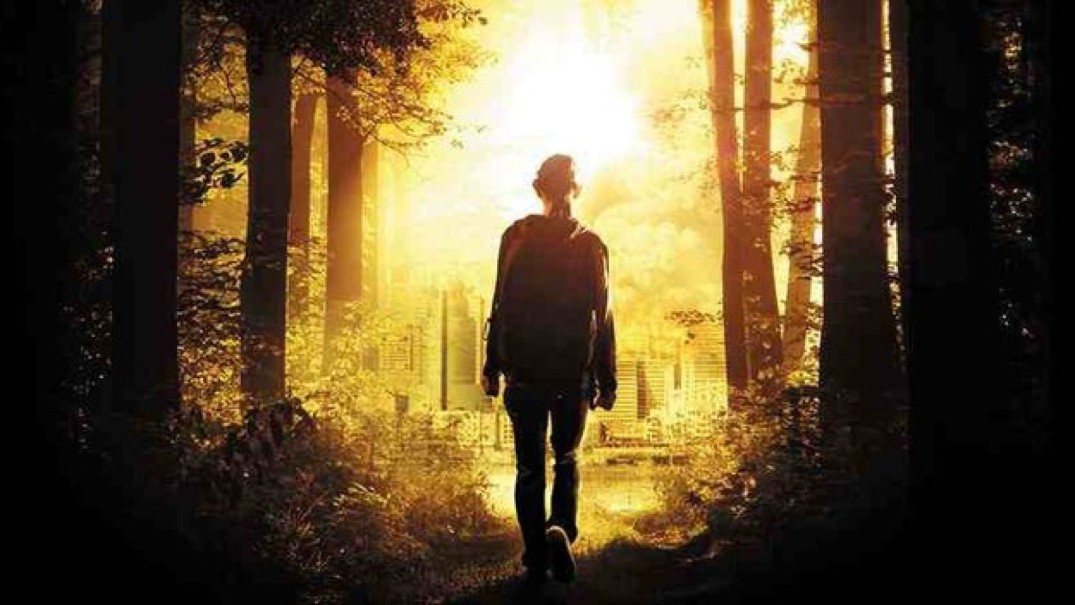



 Thad, a great football player who is now in the National Football League is a great one. Getting paid millions and now famous he seems to have it all. However, Thad’s personality is a whole different story. He’s a person full of ego and feels superior to others. He doesn’t care how he talks to people, he’s loud, obnoxious. However, he is a hilarious guy and always seems to be part of a joke. He’s a sight to see on screen and is full of jokes and sarcasm. He’s a little slow in the head, and his head is not always where it needs to be, and he’s always out of the loop. Another main character, Alex Moran who is also on the football team as the starting quarterback for the Blue Mountain State and a senior to come is all about the girls and the parties. The school is basically a party school. At first, Alex did not care much for football when he first came on the team as the third-string quarterback. He enjoyed his role because he didn’t have to do much. However, when he realized that the starting quarterback role brought him more girls, that was the job he wanted! Alex is more head on and definitely a more chill of a guy then Thad, as you can almost say they are the exact opposite.
Thad, a great football player who is now in the National Football League is a great one. Getting paid millions and now famous he seems to have it all. However, Thad’s personality is a whole different story. He’s a person full of ego and feels superior to others. He doesn’t care how he talks to people, he’s loud, obnoxious. However, he is a hilarious guy and always seems to be part of a joke. He’s a sight to see on screen and is full of jokes and sarcasm. He’s a little slow in the head, and his head is not always where it needs to be, and he’s always out of the loop. Another main character, Alex Moran who is also on the football team as the starting quarterback for the Blue Mountain State and a senior to come is all about the girls and the parties. The school is basically a party school. At first, Alex did not care much for football when he first came on the team as the third-string quarterback. He enjoyed his role because he didn’t have to do much. However, when he realized that the starting quarterback role brought him more girls, that was the job he wanted! Alex is more head on and definitely a more chill of a guy then Thad, as you can almost say they are the exact opposite. 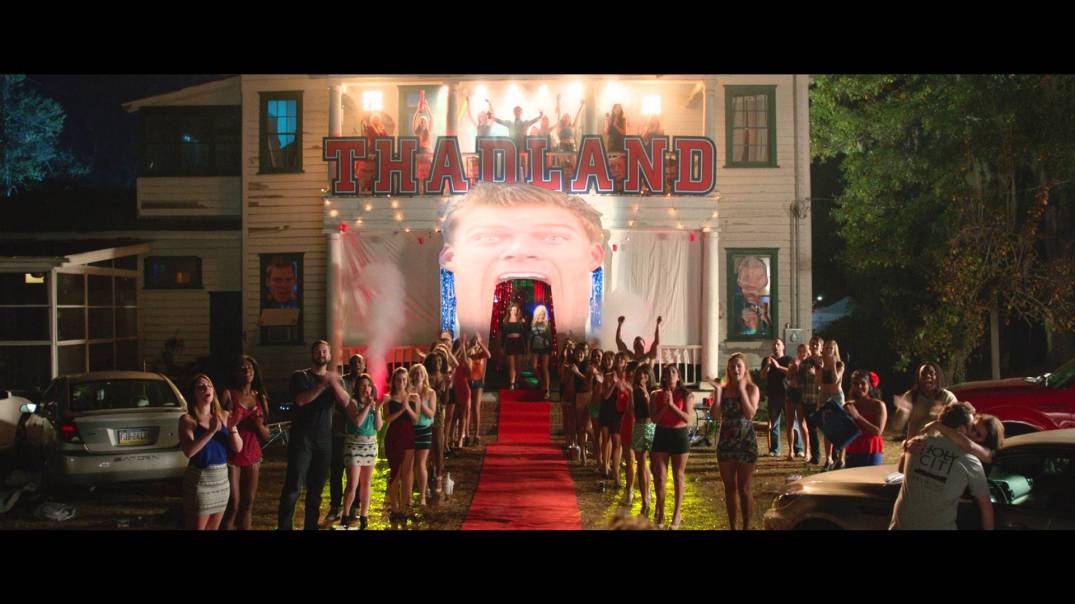

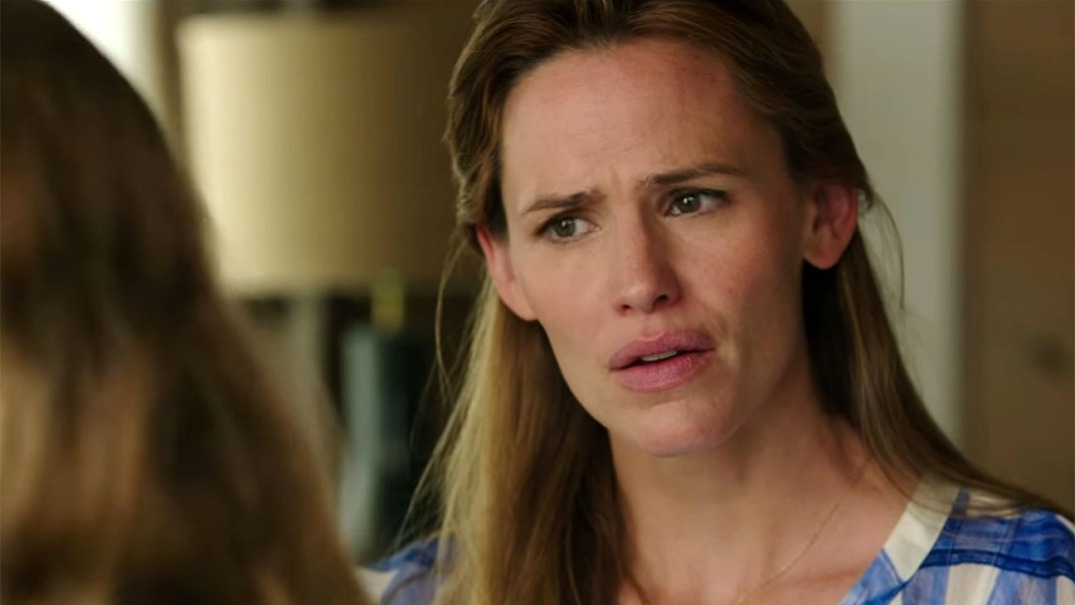
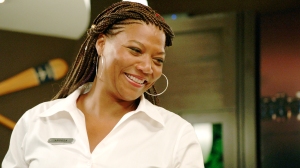 Even though this movie is based on the Beam family, I believe that Angela, who was played by Queen
Even though this movie is based on the Beam family, I believe that Angela, who was played by Queen  The Colors
The Colors 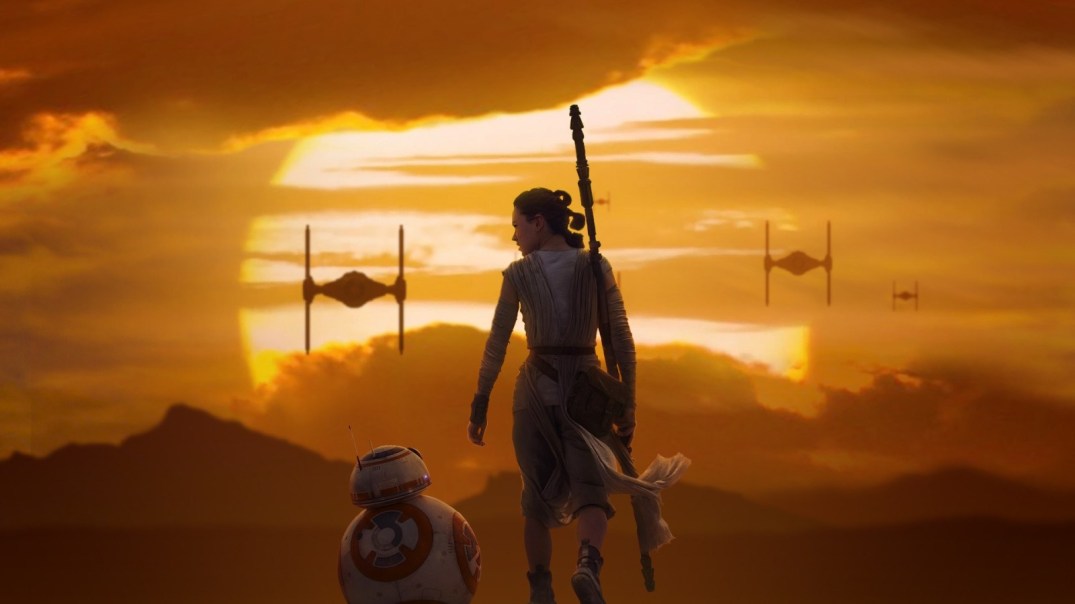
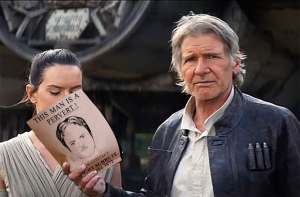 Th
Th
 ut this villain does have emotional
ut this villain does have emotional Dan Mindel is the cinematographer on Star Wars:The Force Awakens.I truly believe he did an amazing job.I saw an interview that he did about Star Wars and how he did his process to film this.He explaine
Dan Mindel is the cinematographer on Star Wars:The Force Awakens.I truly believe he did an amazing job.I saw an interview that he did about Star Wars and how he did his process to film this.He explaine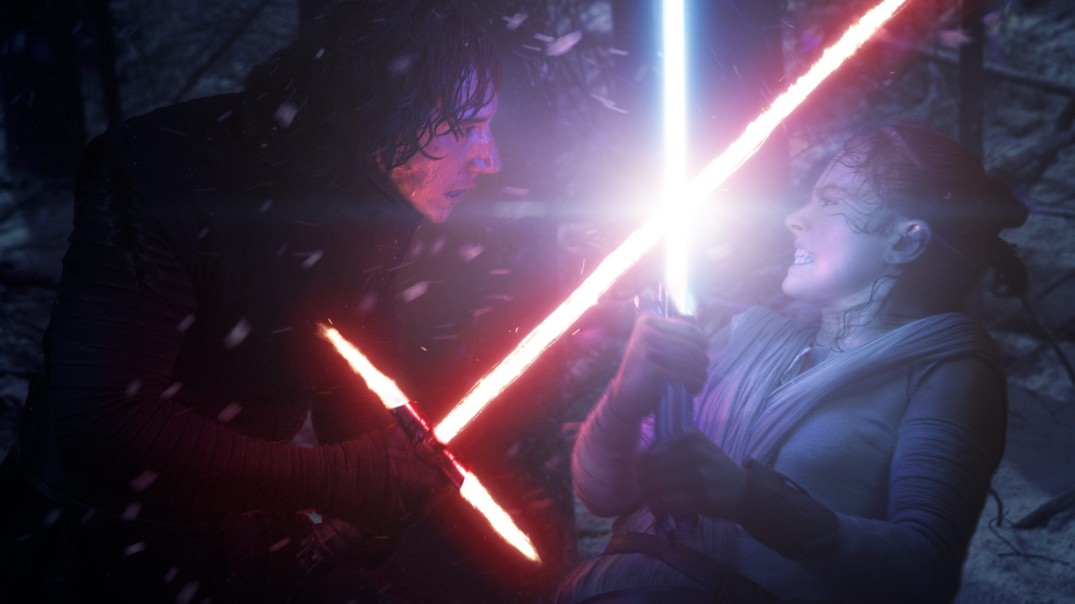
 The color in this scene shows the great power that
The color in this scene shows the great power that 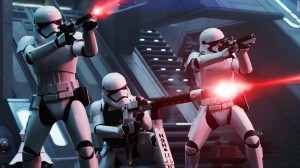 The music was c
The music was c